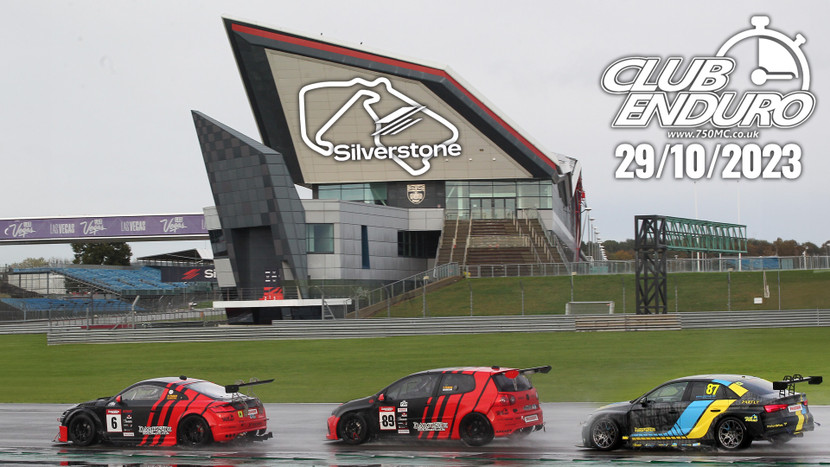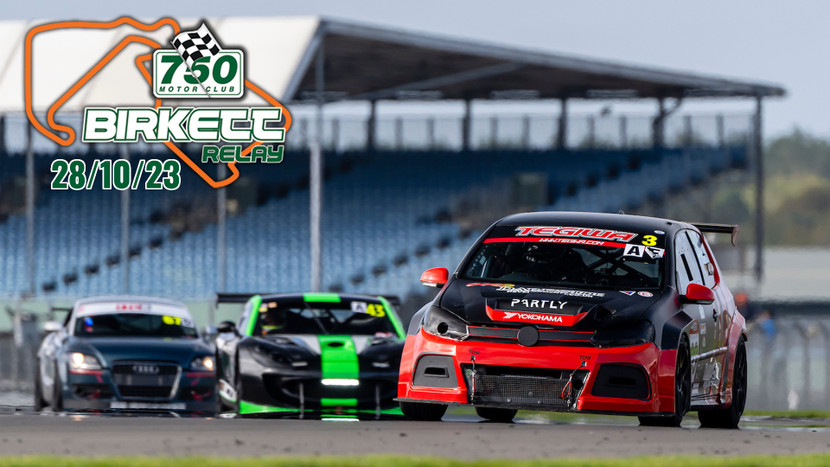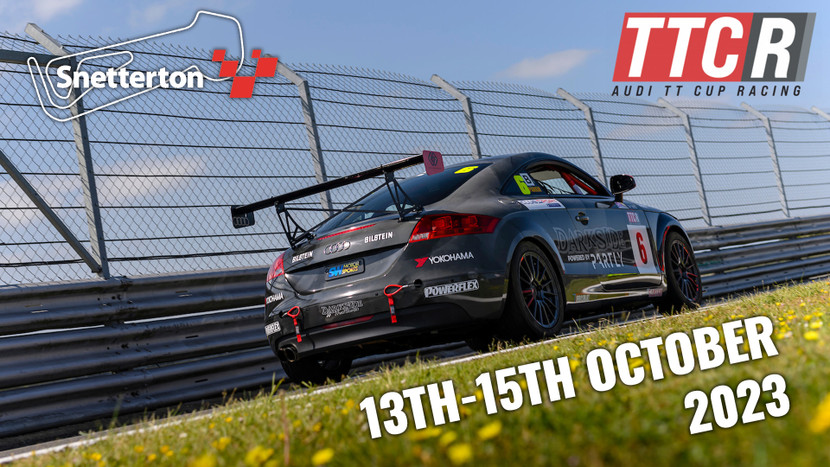Tuning the 4.0 V8 TDI
There is a phenomenon in the tuning world which we often refer to as the percent tuners. That is, tuners and suppliers that churn out files where a few percent is added here and there. This can obviously result in an increase in power (boost + fuel = horsepower), but such methods beg the question of just what is left on the table when all is said and done?
For that we’re focusing on an Audi SQ7 that recently graced our dyno. At some point it had received a rather generic remap, which did of course result in a power increase over the original software, but was it everything that it could be?
It is also worth noting that the SQ7 and most of the later VAG and BMW Diesels (from around 2015 onwards) use the latest generation of ECUs, the MD1, which is not widely understood or tuned yet.
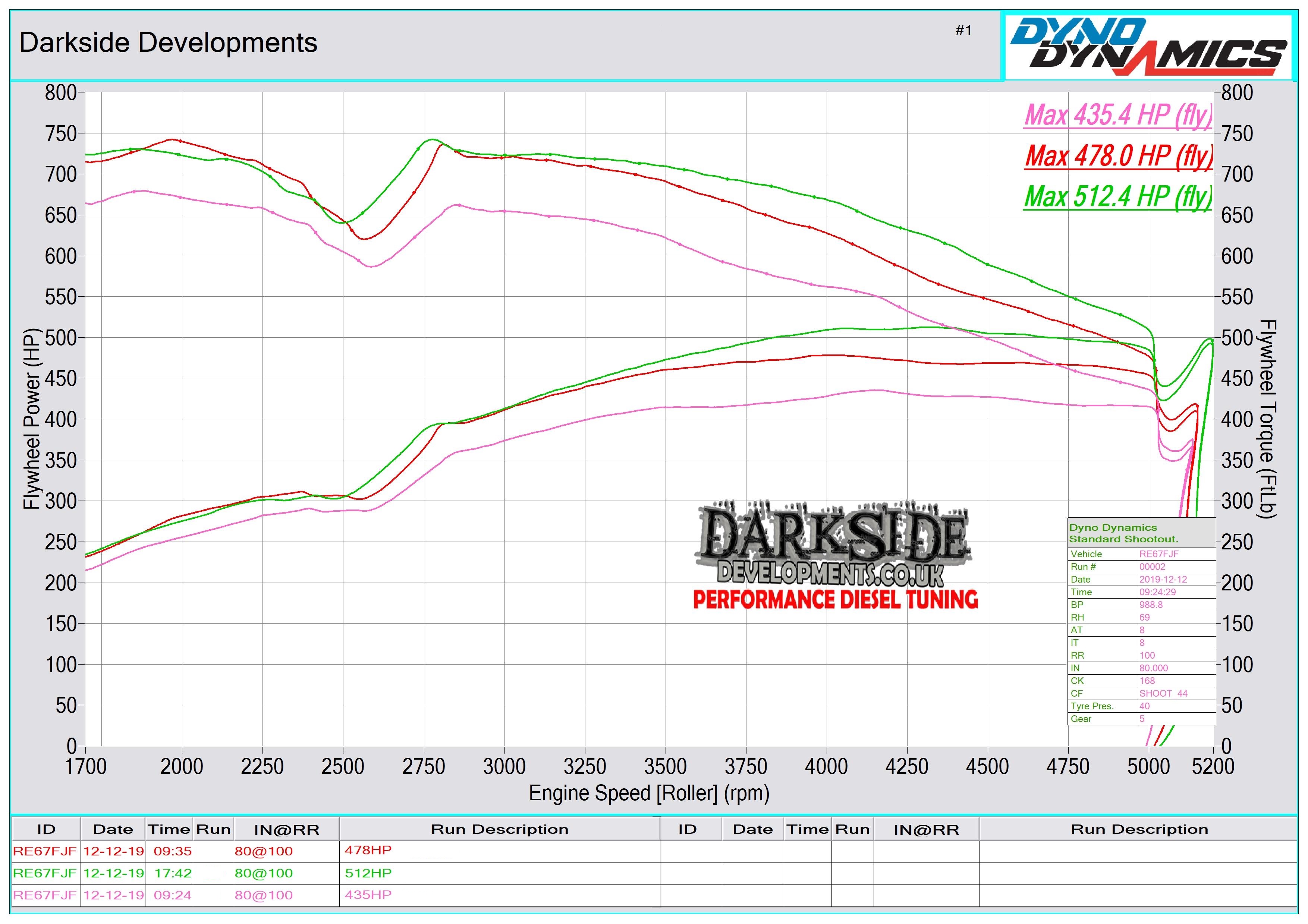
The SQ7 uses a complex twin turbo plus electric supercharger combination to gain a wider powerband. The video below shows how all this works much better than words can explain. As such, there is a crossover event occurring around 2500 RPM.
As standard, this SQ7 was rated at 435bhp. On our dyno it came in at 435.4hp which is certainly within the margin of error. The generic remap came in at 478bhp, and the Darkside tune at 512.4bhp. We know how we arrived there, but how did they arrive at 478bhp?
The answer was relatively simple; 3-10% was added almost everywhere. From duration, to injection timing:
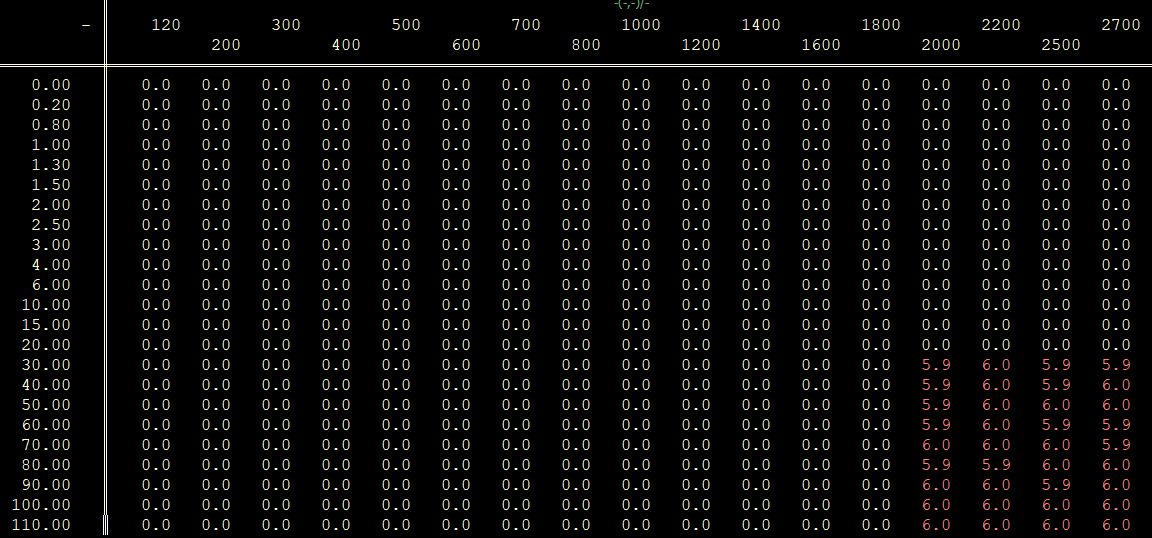
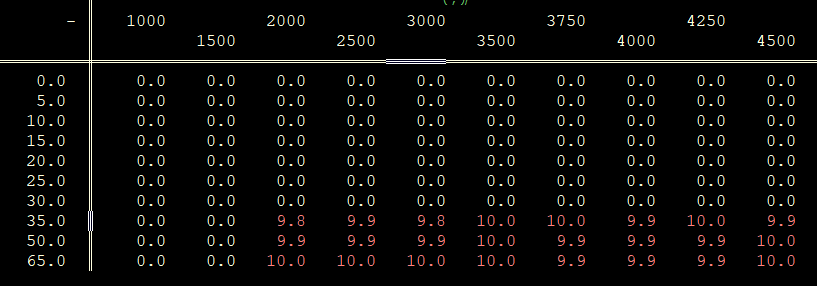
Obviously, while effective, often many factors are ignored with this approach. So, let's touch on some of them:
- Injection quantity
- Injection duration
- Rail Pressure
- Start of injection
All of these factors are related in that our requested injection quantity results in a specified injection duration (the time it takes for the injector to dispense the required amount of fuel) based on rail pressure. If rail pressure is lower then it will take longer for the injector to spray the same amount of fuel, or vice versa. Increasing rail pressure effectively advances timing as the same amount of fuel can be injected during a shorter window of time. Advancing injection timing also has the effect of increasing cylinder pressure which is something that we often try to avoid. In most instances you typically shouldn’t need to touch the start of injection if your injectors are at all suitable to your power goal.
Extending injection duration by itself will quickly come to a point of diminishing returns as the injector sprays longer after the piston leaves top dead centre. The consequences of which will be increased exhaust gas temperatures and little power gain relative to the amount of fuel being injected. We have seen customer vehicles come in with competitors remaps and melted turbine wheels because of this sort of tuning.
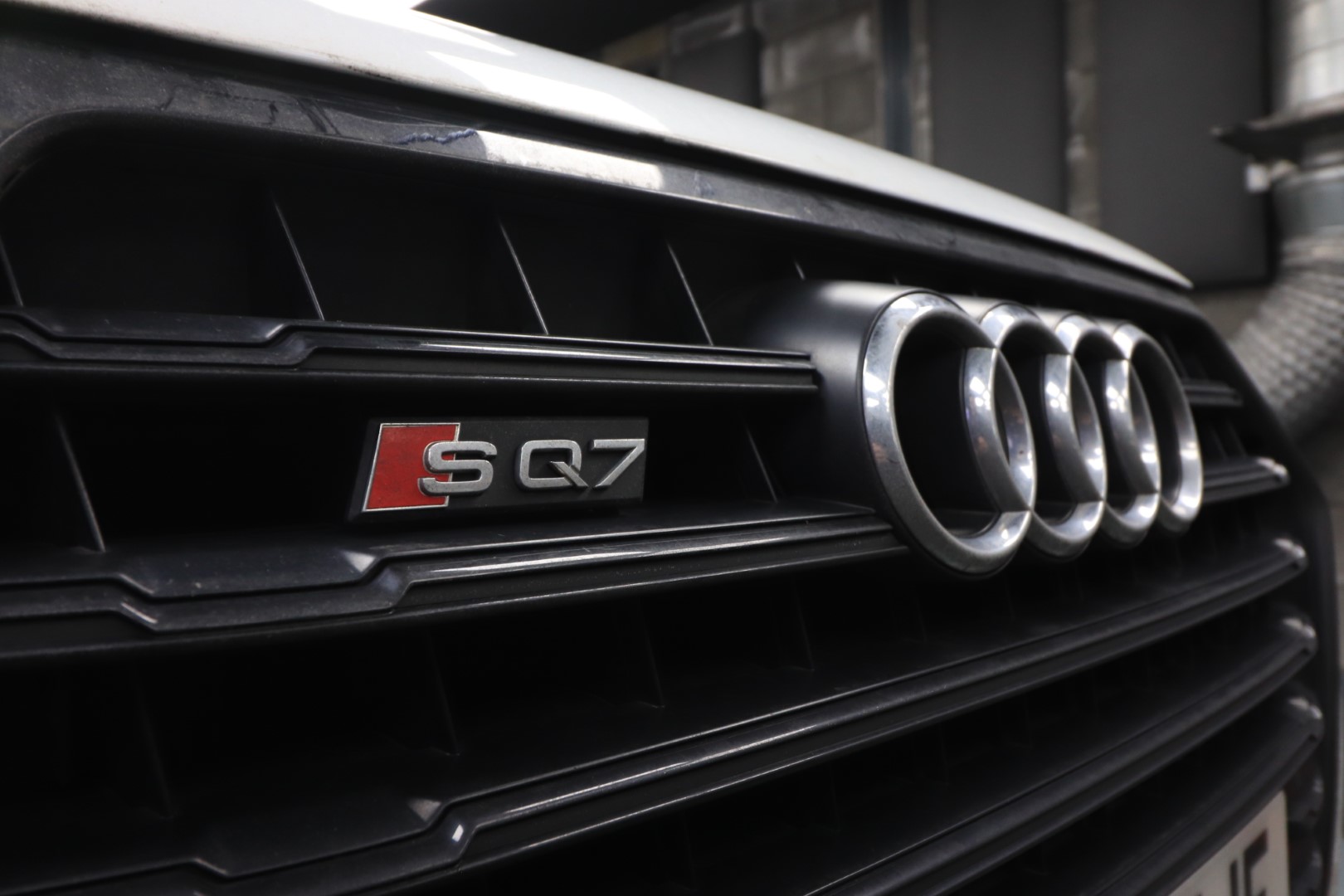
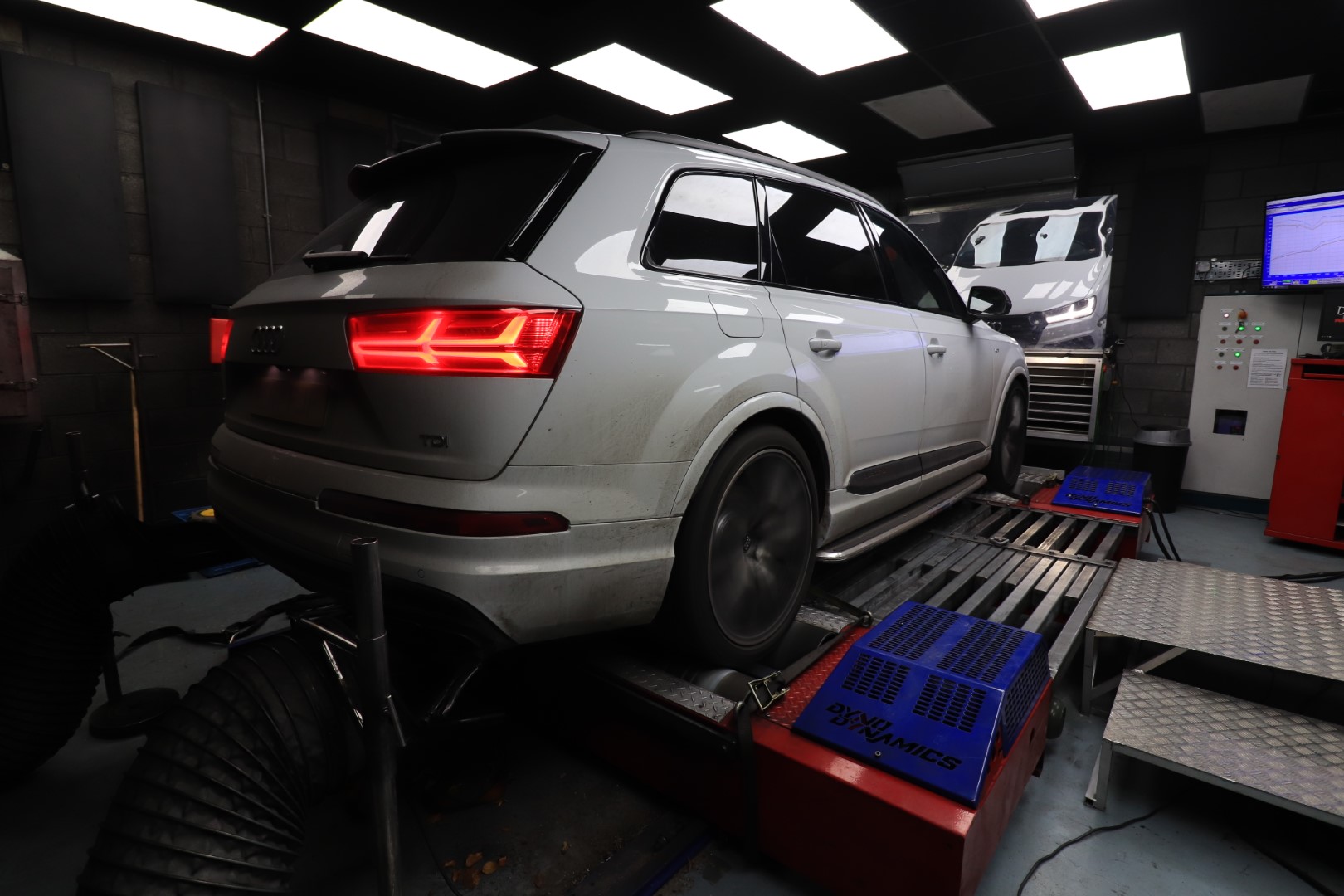
All of this adds up to the need for a deeper understanding of the system as a whole and how all of the variables come together for a balanced solution to your power needs. It is also important to pair this with reasonable end goals in mind based on the hardware and how the vehicle is to be used.
As a slight aside, we have a compressor found on the SQ7 and are looking at ways to integrate it into some of our projects, however with the amount of time it is active for is standard form, it might not be as effective as we would hope.
We are VAG and BMW Diesel Specialists, and while there are still many Engine and ECU configurations we have not tuned, our tuner's understanding of the control strategies that are used in the Engine Control Units of most diesel ECUs means we can quickly get to grips with tuning anything that we get asked to do.
Recent Posts
-
Silverstone GP - ClubEnduro - 750MC - 29th October 2023
An unusual calendar for 2023 meant that round 7, the final round of the season for the 750MC Club En …23 11 2023 -
750MC Birkett Relay - Silverstone GP - 28th October 2023
With a hectic season of racing almost to a close, we were back at Silverstone for the 750 Motor Club …15 11 2023 -
Snetterton 300 - BRSCC TTCR - 13th-15th October 2023
For Round 6 of the BRSCC Audi TT Cup Racing, we were at Croft, which turned out to be VERY eventful …20 10 2023




